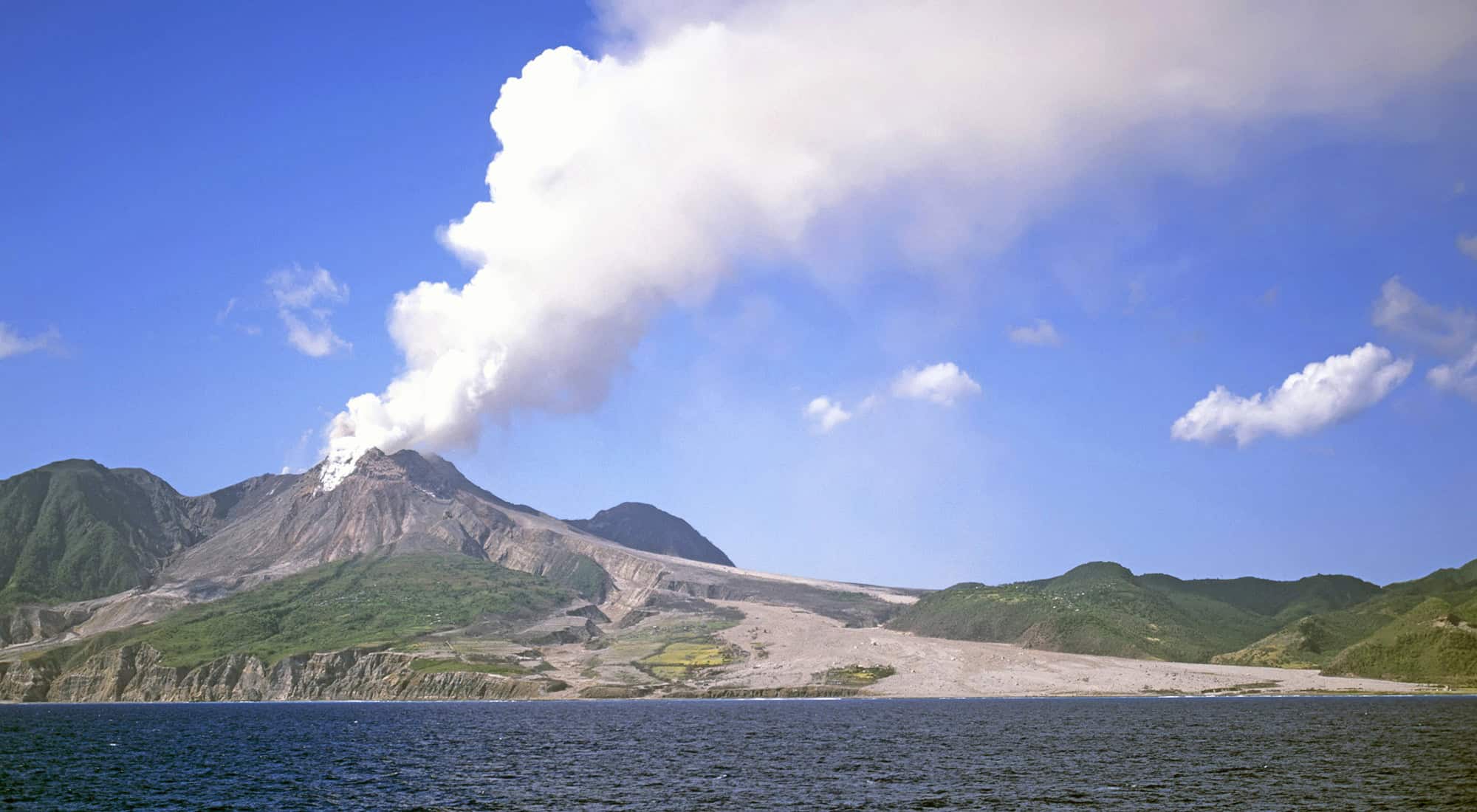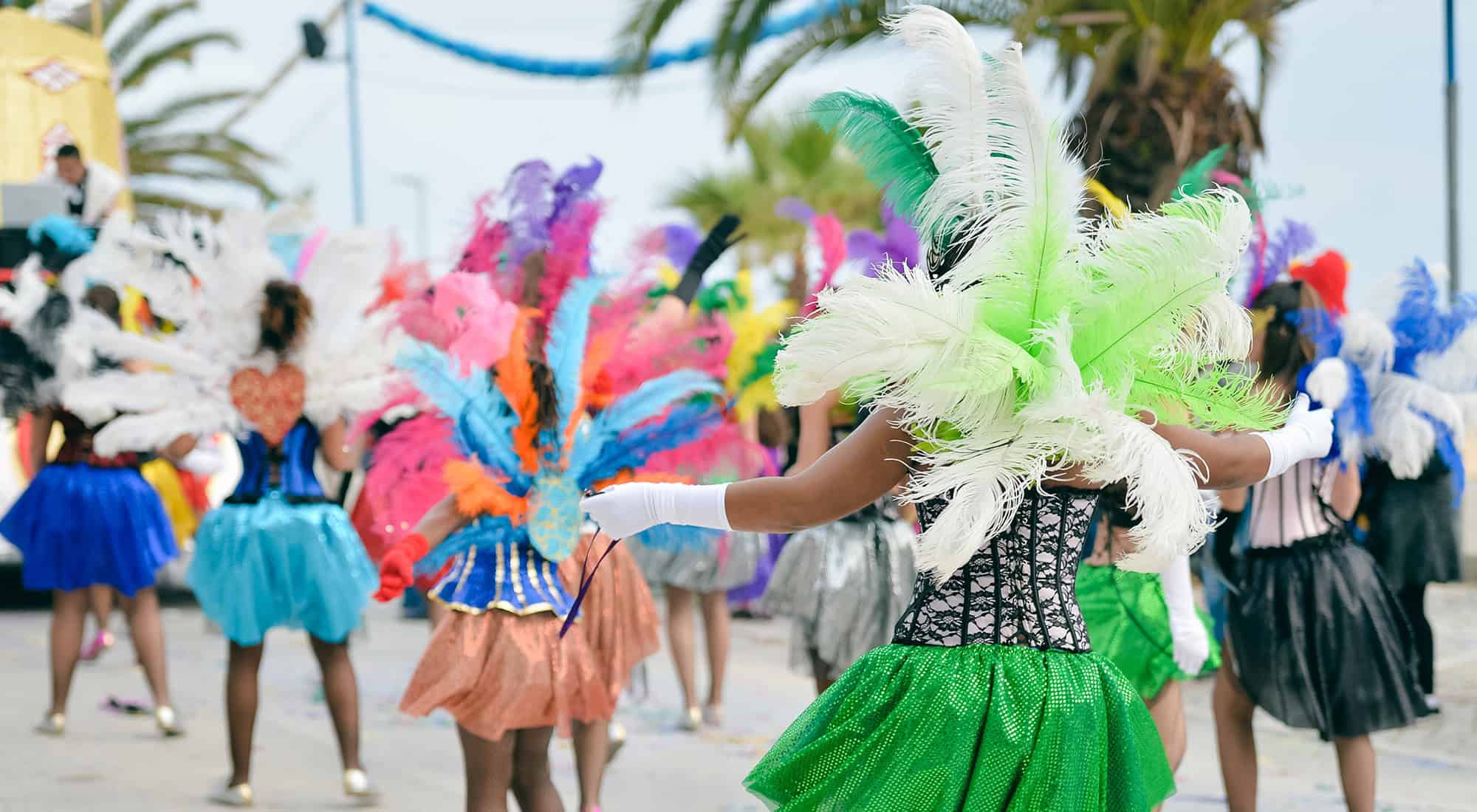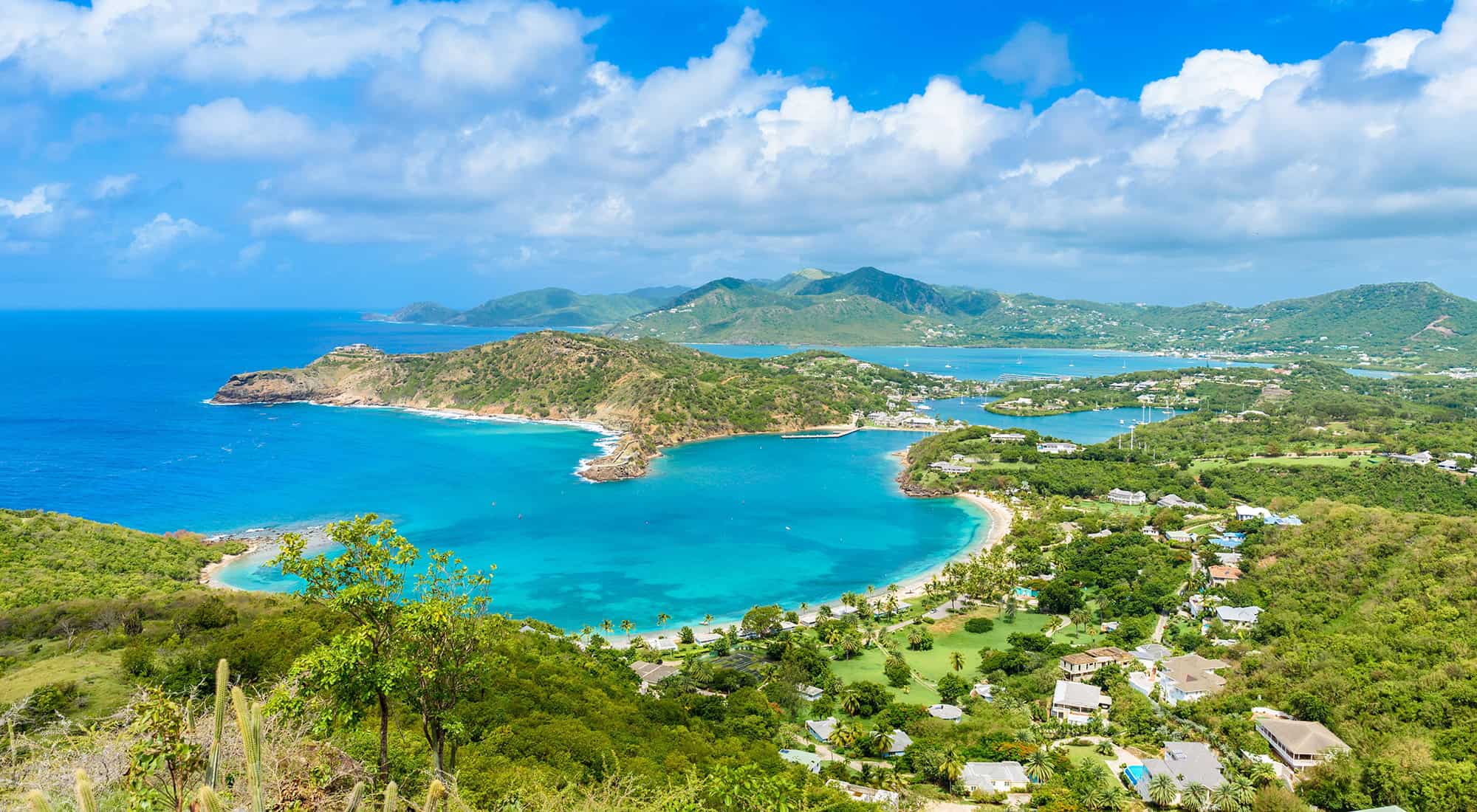Uninhabited Redonda is Antigua’s second dependency and lies 35 miles to the southwest between Montserrat and Nevis.
A rocky volcanic islet, it is about half a mile square. It rises extremely steeply from sea level in wall-like cliffs, and is 971 ft tall at its highest point.
Columbus sighted the island on 12 November 1493 and named it after a church in Cadiz called Santa María la Redonda. He did not land, however, and so did not formally claim the island. Neither did anyone else until 1865 when Matthew Dowdy Shiell, an Irish sea trader from Montserrat, celebrated the birth of a long-awaited son by leading an expedition of friends to Redonda and claiming it as his kingdom. In 1872, the island was annexed by Britain and came under the jurisdiction of the colony of Antigua, despite protests from the Shiells. The title of king, however, was never disputed, and in 1880 MD Shiell ‘abdicated’ in favour of his son, Matthew Phipps Shiell, who became King Felipe of Redonda.
On his death in 1947, he appointed as his successor to the throne his friend John Gawsworth, the poet, who became Juan, the third King of Redonda. His reign was notable for his idea of an ‘intellectual aristocracy’ of the realm of Redonda and he conferred titles on his literary friends, including Victor Gollancz, the publisher, JB Priestley, Dorothy L Sayers and Lawrence Durrell. This eccentric pastime hit a crisis when declining fortunes and increasing time spent in the pub sparked a rash of new titles to all and sundry, and a number of abdications in different pubs. The title of ‘King’ died along with Gawsworth in 1970 although technically the title still survives today and numerous characters have claimed it since in a half-serious fashion.
The island was never inhabited, thanks to the steepness of the surface, the lack of a safe place to land a boat, and no freshwater source. However, it attracts a huge a number of seabirds and was an important source of guano collection from the 1860s to start of the First World War, when many thousands of tons of phosphates were shipped from Redonda to Britain. Today the lizards and seabirds live an undisturbed life, although scientists from the Montserrat Volcano Observatory visit the island by helicopter periodically, as they use it as an observation point from which to take measurements of the Soufrière Hills active volcano on Montserrat.










